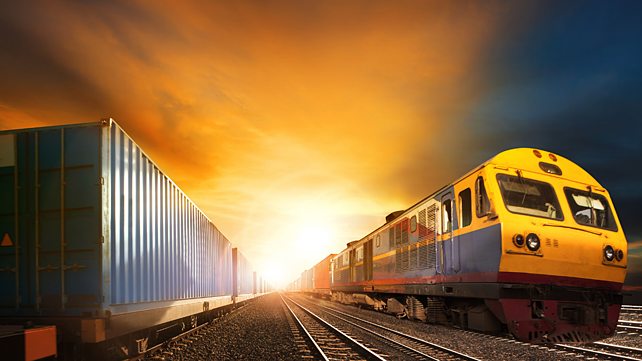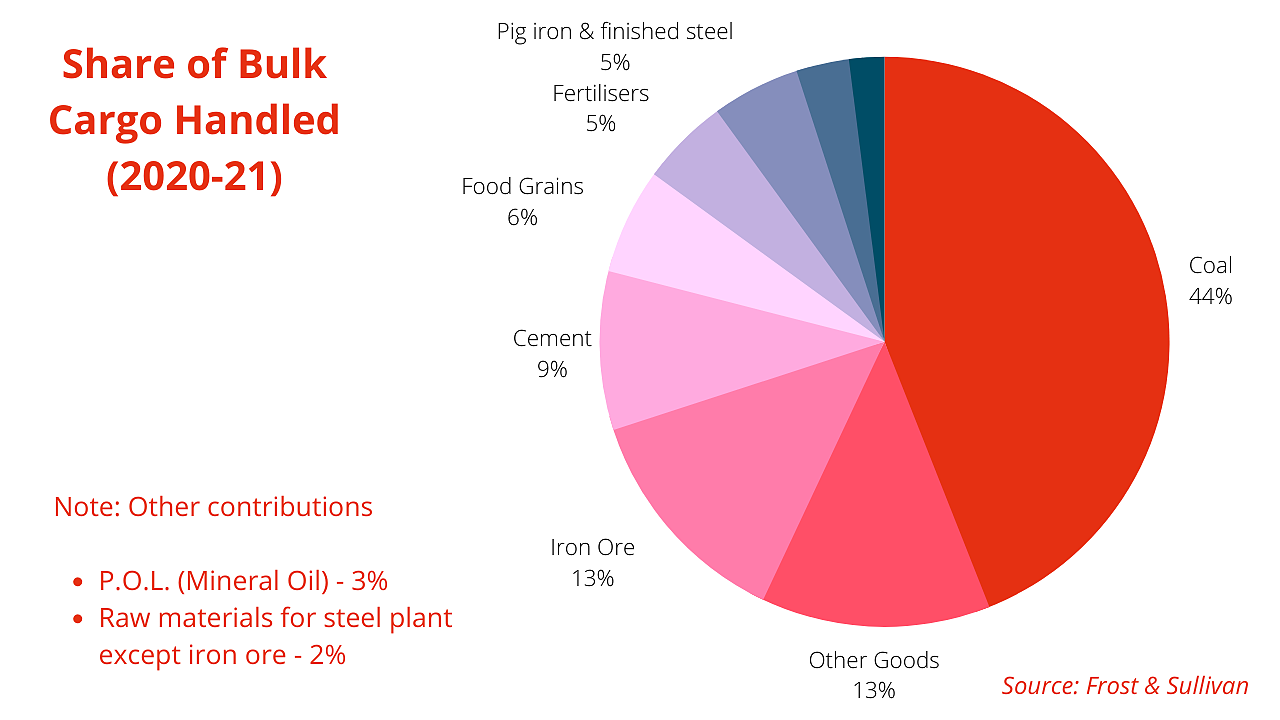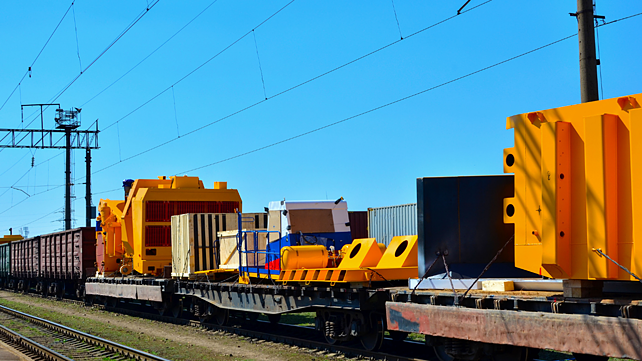
As India envisions becoming an economic powerhouse and a $5 trillion economy by 2024, the investment ecosystem and infrastructure in the country need improvement. Active policy reforms are being made in this direction, and India has been able to achieve significant improvement in ease of doing business (EODB) ranking.
Similar interventions will be required, when it comes to the competitiveness of the industries, which can be made possible by bringing down the operating costs.
Transportation is a significant cost incurred by companies for moving raw materials and finished goods. Currently, about 18% of the total freight is handled by railways and around 70% by roads. Indian roads are increasingly becoming congested and are prone to disruptions, including natural causes. Furthermore, with the rising fuel prices, road transportation is becoming expensive.
Railways can contribute significantly in addressing this challenge as they are less prone to disruptions such as traffic congestion, weather, etc. Rail freight takes lesser time and the impact of fuel prices on the freight charges is minimal compared to road. Hence, there is a tremendous opportunity for the railways to increase their share of freight.
Assessing the railway network
Indian railway currently has a network spread of over 67,956 km [1] covering almost all states. It currently handles 3.32 million tonne (MT) [2] of freight from 6,946 freight terminals daily.

To boost manufacturing in the country, the basic requirements include fast delivery, improved material handling, storage infrastructure, reduced material handling and transshipment time, streamlining of documentation, and improved safety and reliability.
Additional wagons per train and boosting the load capacity of the freight cars, and improvement in rail traffic speed have been the focus of railways globally to enhance the share of rail in freight movement. Indian Railways understands this need and is working toward the development of dedicated and specialised heavy haul rail corridors for hassle-free movement of goods. Key freight corridors identified include:
- East-West Dedicated Freight Corridor – linking Dankuni to Bhusawal;
- North-South Dedicated Freight Sub-Corridor – linking Vijayawada to Itarsi;
- East Coast Dedicated Freight Corridor – linking Kharagpur to Vijayawada; and
- Southern Dedicated Freight Corridor – linking Madgaon to Chennai.
Emphasis is also being laid on the faster movement of rail traffic, improving the rail network & infrastructure, and adding new high-capacity locomotive engines. For meeting the transportation needs of the export-oriented industries, railways need to enhance the safety and security of goods. The material handling and storage infrastructure will require capacity augmentation and modernisation for reducing the transshipment time. Though the Indian Railways is encouraging private investment for developing these critical infrastructures, the pace is quite slow.

Collaboration opportunity
Customers are increasingly asking for a hassle-free experience in rail haulage. Railways have a digital platform for facilitating the logistics services, and there exists an opportunity for a digital collaboration, wherein the railways, shippers, customs, freight forwarders, multi-modal logistics providers, inland container depots, and other stakeholders can collaborate on a real-time basis for reducing the procedural delays and the dwell time.
This platform could provide live tracking of goods, expected time of arrivals (ETAs), condition monitoring for perishable and sensitive goods, capacity availability, status alerts, query handling, dispute resolution, etc. This digital collaboration can potentially help the railways, the logistics service providers, and the customers to improve their shipment planning, asset utilisation, and turnaround time.
Furthermore, as the rail freight traffic increases there will be a need for digitisation and automation across other functions of railways, which is traffic management, asset monitoring, and maintenance, wherein artificial intelligence (AI) and machine learning (ML) based analytics could be used for decision making, predictive alerts, and maintaining various assets and infrastructure.
Conclusion
The digitisation of rail logistics can potentially improve the efficiency of railway logistics. This will help reduce the dependency on road transportation and thereby reduce the carbon footprint. With freight shifting to rail, manufacturing companies in India can observe substantial savings in operating costs, leading them to become more efficient and cost-competitive.
References:
About the Author: Bijay Oram is Director, Supply Chain & Logistics Practice at Frost & Sullivan